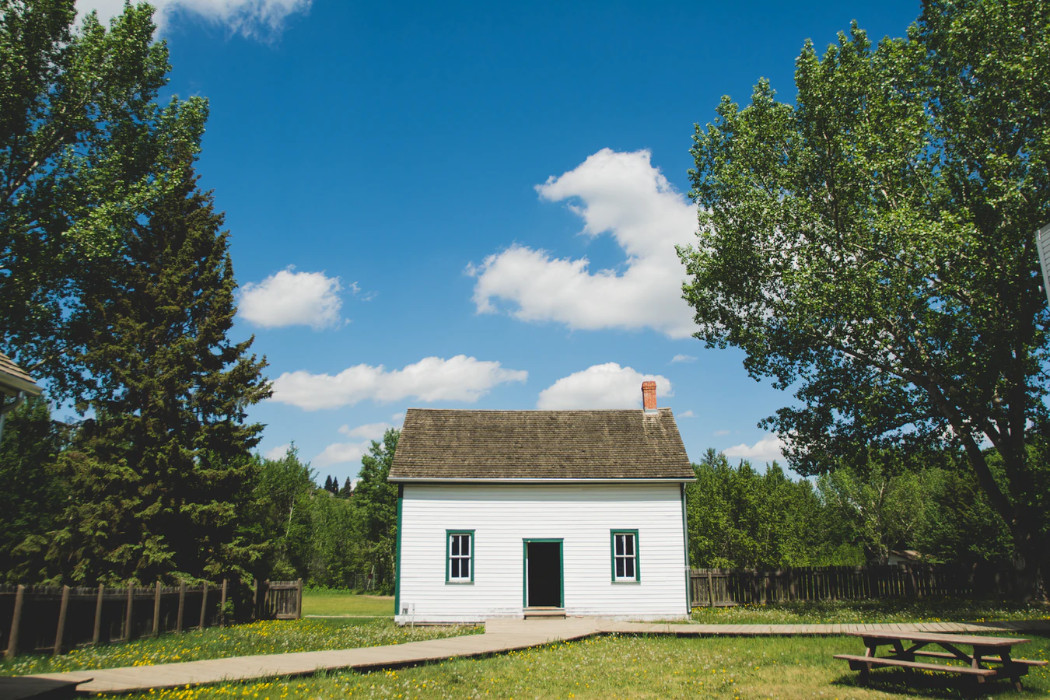About the author –
Nissim Ezekiel comments “Daruwallah has the energy of the lion”. He is the president of The Poetry Society of India, and is presently based in Delhi. He was born in 1937 in Punjab and has an M.A. degree in English Literature. He was an IPS officer of a very high rank and has subsequently retired to devote most of time to literature. His first book of poetry was Under Orion which was published by Writers Workshop, India in 1970. He had won the Sahitya Akademi award in 1984 for his poetry collection, The Keeper of the Dead. Keki N. Daruwallah like Dylan Thomas is ‘lots of people’ and his creative imagination expresses the unity in diversity and portrays a self which is born out of the principle of the Indian national mainstream. His language is colloquial often to the point of incomprehensibility which is equally balanced by his detached yet sympathetic view of the humanity in general.
About the poem –
F.A. Inamdar in his book Critical Spectrum: the Poetry of Keki N. Drauwallah writes about this poem to be one of the poems in which the theme of love and death are highlighted. The poem was first published in the collection of poems The glass-blower: selected poems.
Analysis of the poem –
The poem talks about a universal language – love. It also rejects the human beings as creatures which cannot understand and cannot give love specially in relation to animals. The poem appears to be a pastoral or an idyll that glorifies the rural landscape but the background is always suggestive of a person who has been cast out of the society of men because of some physical disability of his. The poem’s title is ironic enough to suggest the half misanthropic and half pastoral theme of the poem.
At once critical and satirical of the attitude of the society of men, the poem both celebrates the spirit of the lone man who shuns the company of his species to find comfort with the sheep and acknowledges the strength of love that can give life on one hand and hope on another.
The poet describes the arduous journey of Gulzaman, a shepherd, who rejects his human habitat to be with his four legged friends. The poem goes on to describe the result of the ill weather on the livestock which not only havocs the life but also the attendant hope. Gulzaman is attending the birth of a lamb. Like a much awaited incident which the readers anticipated – yet another death or life. Ultimately the life wins and so does hope and Gulzaman gets his son in the shape of the lamb.
Keki N. Daruwallah’s diction is Indian, its colloquial and in this poem it is even regional as the words like –‘Kanzalwan’ ‘sheep folds’, ‘stone-breaker’, ‘pine-hut’ etc suggest. According to Norman Simm Daruwallah by meaning less than he speaks, the poem is more than its words: what it signifies is less than what it designates. The words are pretty ekphrasian in their purport. The rural, mountainous landscape is created by the brilliant word play with words which are typical of the landscape. Such words as torturous, slopes, conifers, sheep-folds properly bring out the pastoral landscape that Daruwallah is so famous for creating. The agony of the character is highlighted by words like – ‘son’, ‘help’, ‘virility’ etc. The tortures of the natural calamities are not more threatening than the mental torture of the people who populate the landscape. The words are appropriate to create an atmosphere of darkness which though induced by nature seeps into the hearts and minds of not only the humans but also the animals. Such words as ‘sacks of crushed ice’ are symptomatic of the same state of mind.
The four Stanzas can be regarded as the four acts of a play which though tragic in its exposition finally confirms human victory against the odds of nature with the power of love. The first short stanza can be regarded as the exposition of the play where the main character Gulzaman is introduced and so is the background. The narrative of the poem is interrupted to provide the information that Gulzaman has left his comrades who taunt him for his impotency. This raises in us the question that if Gulzaman is impotent then who is the son being referred to in the title? The narrative thus invokes a suspense that continues till the end of the poem. This second stanza meekly (symbolically) suggests another important character in the poem. The third stanza continues the journey and the present narrative which gives a description of sick sheep and the ravages of nature. The poem makes us understand the fact that as nature is responsible for the death of the lambs, it is the same nature that results in Gulzaman’s impotency. On one hand where the human son is not born on the other hand the lambs are still born. It should be noted that the birth of lambs is as important to a shepherd as the birth of a baby is to a father. Nature however never taunts her children for their failed births unlike the human world. The last stanza again is sub divided into the arrival of ‘father’ to his little den where his ewes are waiting for him. At the end the ‘father’ is among his own. The next section describes the birth of the lamb and the happy resolution it brings. It brings back hope and faith in the poem with Gulzaman’s invocation of Allah. Gulzaman is ultimately converted from the metaphorical shepherd father to the real father by adopting the ‘son’. This act of faith unites the three shepherds – Gaulzaman, the prophet (both Jesus and Muhammad) and the ultimate shepherd – god for an act of creation reconstituting faith.
Often Daruwallah’s strategy is to present a character in a concrete situation and he succeeds the most when his presentation is marked by clear visualization. For visualization the deft use of images is mandatory. Daruwallah handles the images well. In this poem as much as the human and the animal element are present as much is present the natural environment which seems to influence the other creatures living inside it. Daruwallah has often been described as a poet who describes nature well. This poem too is an example of the kind. Perhaps the itinerary nature of his job was helpful in this pursuit. Yet unlike the Romantic poets his nature is not benign but malicious. The reader is quickly foregrounded in to the poem as the description of a rural hill side is presented. The naming of the place is both a help and a hindrance to the appreciation of the poem. For the picture of Kanzalwan which is presented here will give a completely different idea of the place:
Yet the presence of the snow could remind us of the arduous way of Gulzaman. Only a modernist poet like Daruwallah can transform a heaven like this to a place with imminent threats to life. The pin-hut, the river, the conifers are all emblematic of the scenery of the romantic valley. The poem however fails to visualize the taunting villagers, who however, might as well be of no more importance than the furniture in the backdrop. The last two sections are particularly rich in images invocating the pathos of the situation. We find the lone man reaching his goal after running the gauntlet with the rough nature. We find the ewes snuggling against this shepherd and to fulfill our emotional investments we also find the son to be born amidst so much trouble. We find a sonar image in the thin ‘tremolo’ of the ewe. The image of the birth of Krishna is naturally embedded into the narrative since during the birth of this religious figure the nature and the human world were hostile to him.
As the poem is rich in images so is it rich in metaphors as in – “blanketed by gutturals of pain”, “four pronged hold on earth”,; in personifications as in – “rain starts hissing” (where we also discover an onomatopoeia which hints towards the sinister nature of the natural force.); simile as in – “like sacks of crushed ice” and in transferred epithet as in – “slopes dark with conifers”. These rhetorical devices more than anything provides a charm to the poem which otherwise captures a very small and insignificant action of the daily life of a shepherd in a remote village. The poem written in blank verse is appropriate for the communication of the bleakness that Daruwallah perhaps tries to convey.
The poem in its simplicity of attitude and lucidness of presentation stands as not only as one of the emblematic poems of Daruwallah but also of the entire oeuvre of Indian poetry.
Some online learning platforms provide certifications, while others are designed to simply grow your skills in your personal and professional life. Including Masterclass and Coursera, here are our recommendations for the best online learning platforms you can sign up for today.
The 7 Best Online Learning Platforms of 2022
- Best Overall: Coursera
- Best for Niche Topics: Udemy
- Best for Creative Fields: Skillshare
- Best for Celebrity Lessons: MasterClass
- Best for STEM: EdX
- Best for Career Building: Udacity
- Best for Data Learning: Pluralsight
















